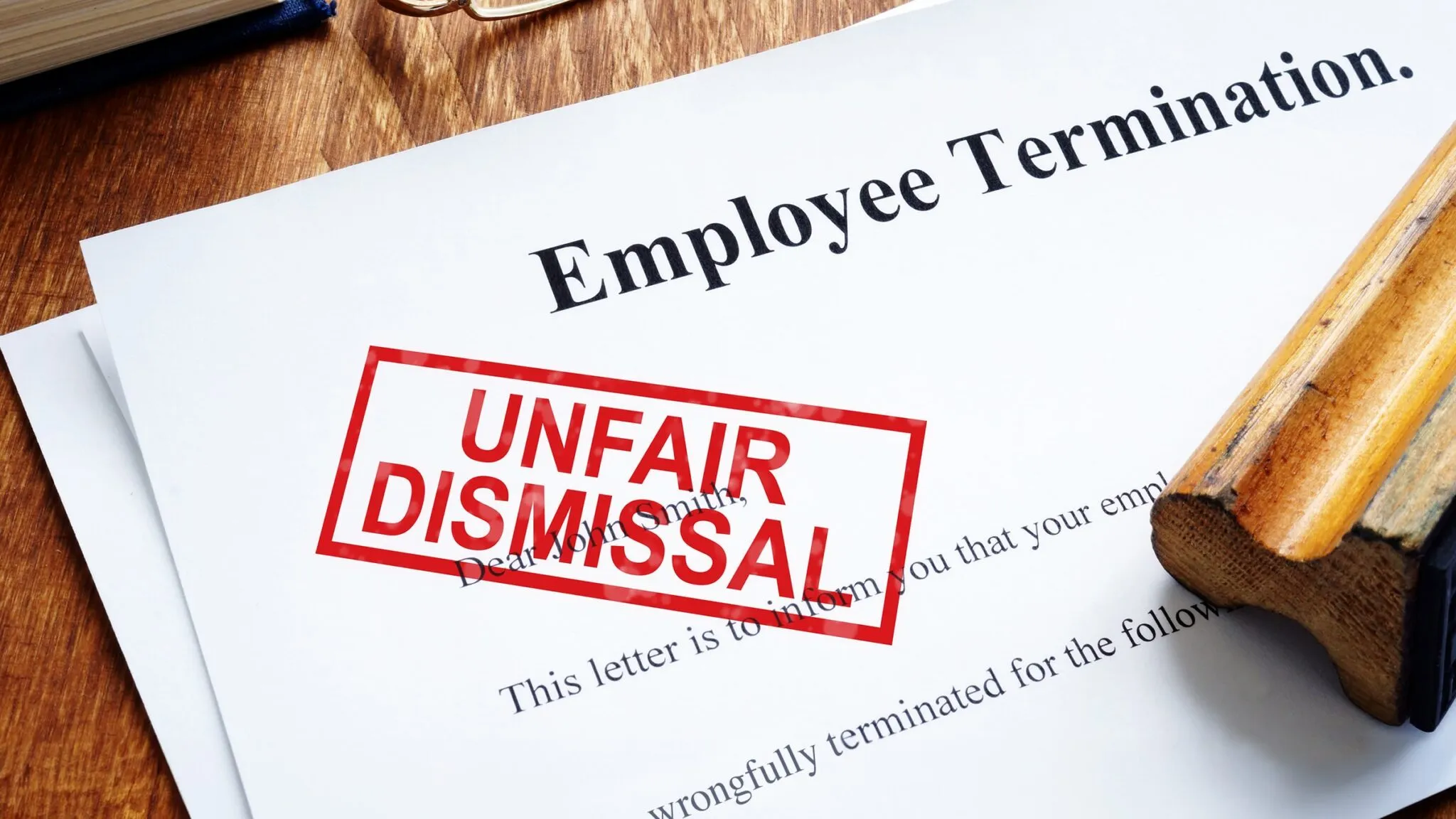“Is there a letter for me?” questioned my youngest daughter, pleading with her eyes.
Happily I was able to respond, “Yes, Honey, here it is.”
As she grabbed the letter with excitement, she danced off, calling over her shoulder, “I need to write her back by tomorrow. I have so much to tell her!”

Letters and Post Cards
One of my greatest pleasures as a homeschool mom was watching my children become excited about their writing. Early in our homeschool adventure, I found that writing could be laborious and create complaining, unhappy kids. Yet, writing letters to friends motivated them to write long, enjoyable letters.
Our summer break provided a great opportunity to begin with short notes on postcards as we traveled. (It also taught them the skill of how to address letters). Initially we had to learn the basics of sentence writing, then how to gather sentences into paragraphs. After mastering those skills, we learned the simple format for writing post cards, then progressed to letters while they were very young. They improved their writing skills as they wrote frequently to pen pals and friends who had moved away. Some of their early pen pals have remained their friends today, many years later.
The Five-Paragraph Essay
After establishing pen pals, not only letters would motivate my children to write, but also short essays became a favorite activity. We would discuss subjects that piqued their interest, then choose their favorites, which would usually cause a creative outpouring of fun ideas. So, we began to learn the basic formula for writing a well-formed, five-paragraph essay.
Formula for a Five-Paragraph Essay
In a nutshell, the first paragraph must contain a thesis statement, (one sentence that tells the basic idea of the essay), followed by a roadmap that states three informative details explaining the thesis, and finally a strong reinforcing statement. That all belongs in the first paragraph!
Paragraphs two through four explain the details of the roadmap in order, each paragraph giving several examples or more detailed information.
Finally, the fifth paragraph restates the thesis and roadmap using different words, ending with a strong final statement. This simple formula can create a well-formed short essay!
The five-paragraph essay teaches a lifelong skill that can be used both in writing and also in giving speeches, even an impromptu one. It is an important skill to impart to our children!
Outline Example
The Amazing Butterfly
- The butterfly transforms itself miraculously in only two weeks! (Thesis statement)
- The tiny egg changes dramatically from a caterpillar into a cozy cocoon and finally into a beautiful butterfly! (Roadmap sentence)
- This delightful insect brings joy and beauty while helping flowers pollinate. (Strong statement)
- Caterpillar (Give details about each stage)
- Egg
- Crawling, eating, growing
- Building its cocoon
- Cocoon
- What is it? What’s in it?
- Location, protection, changes
- Escaping!
- Butterfly
- Released and free
- Crawling and flying
- Soaring, drinking nectar, laying eggs
- Conclusion
- Restate thesis using different words
- Restate roadmap
- Final concluding thought on butterflies
Extra Motivation: Writing Contests
Contests are another great way to motivate kids to write well. My oldest daughter entered a contest to write a story for General Mills about Cheerios. To her delight, and ours as well, she won! She received over 100 classic books. (The prize was to receive as many books as her height.) She has those books today and knows the value of writing well and the value of entering contests.
There are many local contests available at libraries, large and local companies, as well as historical organizations. Our favorite contests came through the VFW, American Legion, and HSLDA.
— Cynthia Edwards – HSLDA Blogger
Cynthia is a wife, mother to three adult children (all homeschooled through high school), and an educator. She holds a BA in English and secondary education, BS in elementary education, and an M.Ed. She has taught in both public and private schools and served on her state’s homeschool board.





